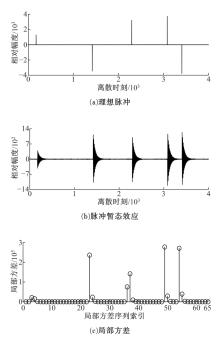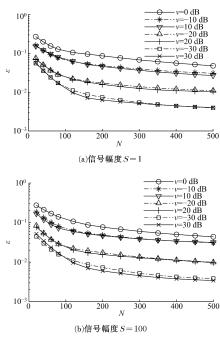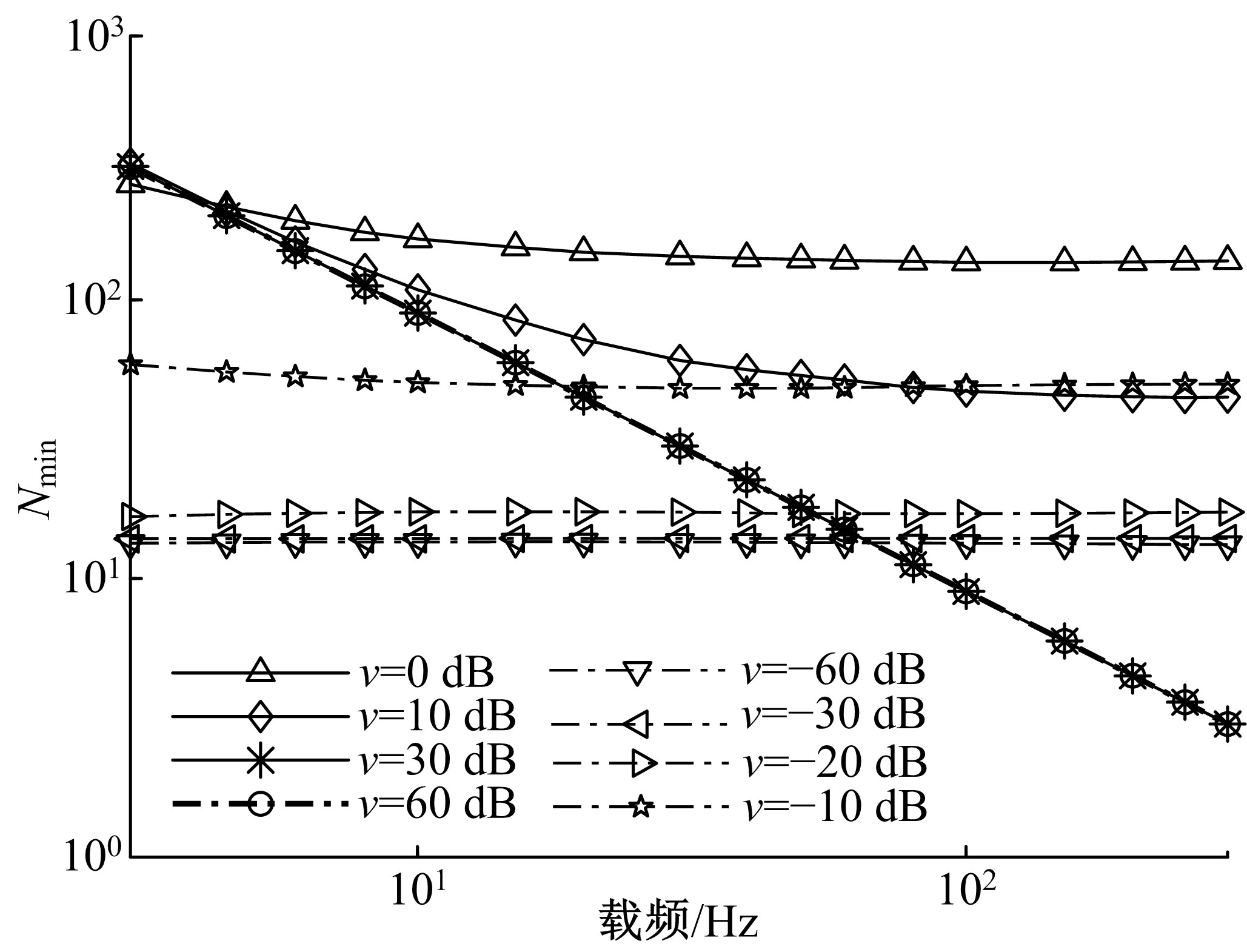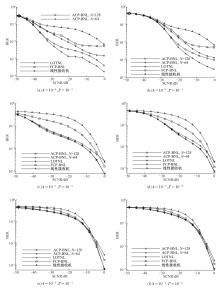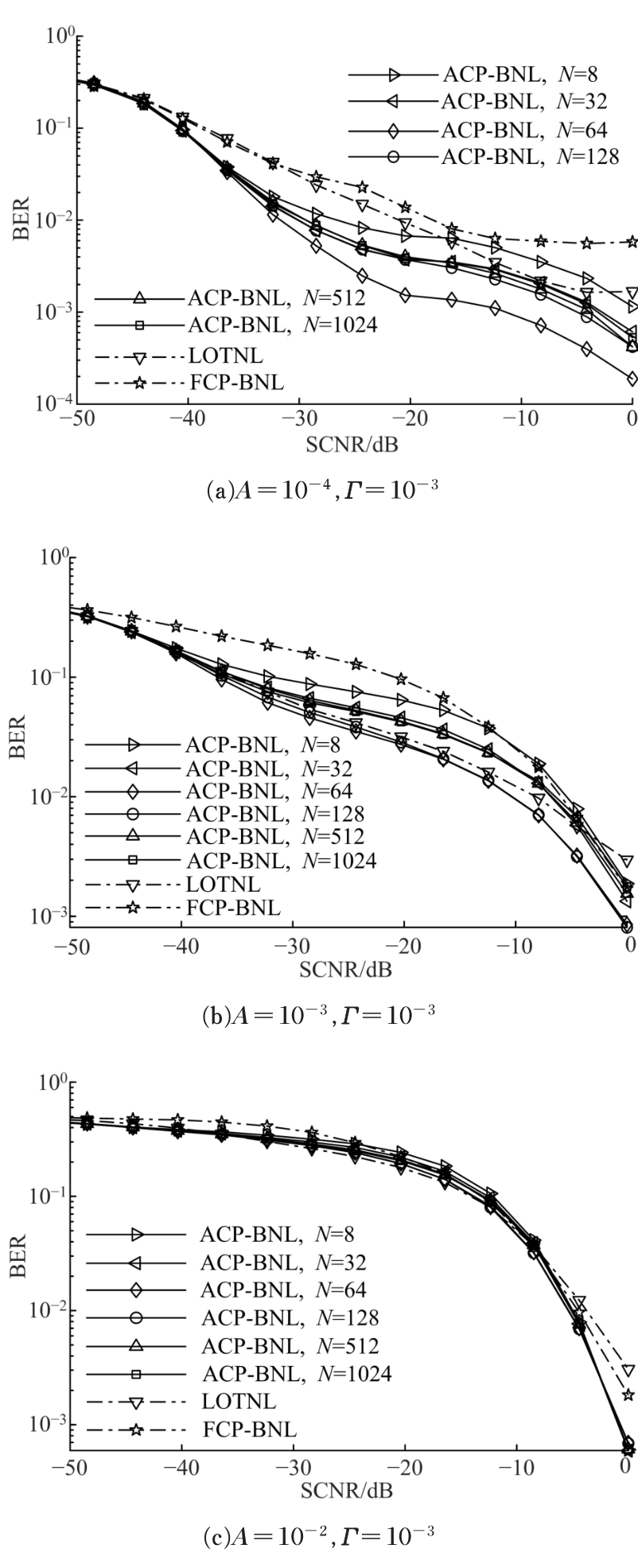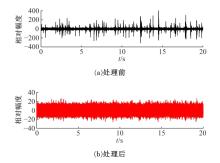Journal of Jilin University(Engineering and Technology Edition) ›› 2019, Vol. 49 ›› Issue (5): 1696-1705.doi: 10.13229/j.cnki.jdxbgxb20180446
SLF channel noise suppression method based on adaptive blanking in local variance domain
Peng ZHAO1( ),Yu-zhong JIANG1(
),Yu-zhong JIANG1( ),Bin CHEN1,Chun-teng LI1,Yang-yong ZHANG2
),Bin CHEN1,Chun-teng LI1,Yang-yong ZHANG2
- 1. College of Electronic Engineering,Naval University of Engineering, Wuhan 430033, China
2. No. 722 Research Institute of CSIC, Wuhan 430079, China
CLC Number:
- TN85
| 1 | EvansJ, GriffithsA S. Design of a sanguine noise processor based upon world-wide extremely low frequency (ELF) recordings[J]. IEEE Transactions on Communications, 1974, 22(4): 528-539. |
| 2 | IngramR. Performance of the locally optimum threshold receiver and several suboptimal nonlinear receivers for ELF noise[J]. IEEE Journal of Oceanic Engineering, 1984, 9(3): 202-208. |
| 3 | MiddletonD. Statistical-physical models of electromagnetic interference[J]. IEEE Transactions on Electromagnetic Compatibility, 1977, 19(3): 106-127. |
| 4 | 蒋宇中, 应文威, 张曙霞, 等. 超低频非高斯噪声模型及应用[M]. 北京: 国防工业出版社, 2014. |
| 5 | OhH, NamH, ParkS. Adaptive threshold blanker in an impulsive noise environment[J]. IEEE Transactions on Electromagnetic Compatibility, 2014, 56(5): 1045-1052. |
| 6 | OhH, NamH. Design and performance analysis of nonlinearity preprocessors in an impulsive noise environment[J]. IEEE Transactions on Vehicular Technology, 2017, 66(1): 364-376. |
| 7 | 应文威, 欧勇恒, 蒋宇中, 等. 新型自适应非高斯接收机设计[J]. 吉林大学学报: 工学版, 2013, 43(6): 1685-1689. |
| YingWen-wei, Yong-hengOu, JiangYu-zhong, et al. New adaptive receiver for channels with non-gaussian noise[J]. Journal of Jilin University (Engineering and Technology Edition), 2013, 43(6): 1685-1689. | |
| 8 | SaaifanK A, HenkelW. Decision boundary evaluation of optimum and suboptimum detectors in class-a interference[J]. IEEE Transactions on Communications, 2013, 61(1): 197-205. |
| 9 | AlsusaE, RabieK M. Dynamic peak-based threshold estimation method for mitigating impulsive noise in power-line communication systems[J]. IEEE Transactions on Power Delivery, 2013, 28(4): 2201-2208. |
| 10 | EppleU, SchnellM. Advanced blanking nonlinearity for mitigating impulsive interference in OFDM systems[J]. IEEE Transactions on Vehicular Technology, 2017, 66(1): 146-158. |
| 11 | BernsteinS L, BurrowsM L, EvansJ E, et al. Long-range communications at extremely low frequencies[J]. Proceedings of the IEEE, 1974, 62(3): 292-312. |
| 12 | VartiainenJ, LehtomakiJ, SaarnisaariH, et al. Interference suppression in several transform domains[C]∥IEEE Military Communications Conference, Atlantic City, NJ, USA, 2005: 2294-2300. |
| 13 | AromaaS, HenttuP, JunttiM. Transform-selective interference suppression algorithm for spread-spectrum communications[J]. IEEE Signal Processing Letters, 2005, 12(1): 49-51. |
| 14 | WangS, AnJ P, WangA H, et al. A minimum value based threshold setting strategy for frequency domain interference excision[J]. IEEE Signal Processing Letters, 2010, 17(5): 501-504. |
| 15 | JiaQ, LiB, MaS, et al. Local variance detection for multi-antenna spectrum sensing[J]. IEEE Communications Letters, 2015, 19(12): 2142-2145. |
| 16 | SaarnisaariH, HenttuP, JunttiM. Iterative multidimensional impulse detectors for communications based on the classical diagnostic methods[J]. IEEE Transactions on Communications, 2005, 53(3): 395-398. |
| 17 | ChenY. Improved energy detector for random signals in gaussian noise[J]. IEEE Transactions on Wireless Communications, 2010, 9(2): 558-563. |
| 18 | AndrásS, BariczA, SunY. The generalized Marcum Q-Function: an orthogonal polynomial approach[J]. Acta Universitatis Sapientiae Mathematica, 2011, 3(1): 60-76. |
| 19 | RuderS. An overview of gradient descent optimization algorithms[J/OL]. [2016-05-12]. https:∥ |
| No related articles found! |
|
||
